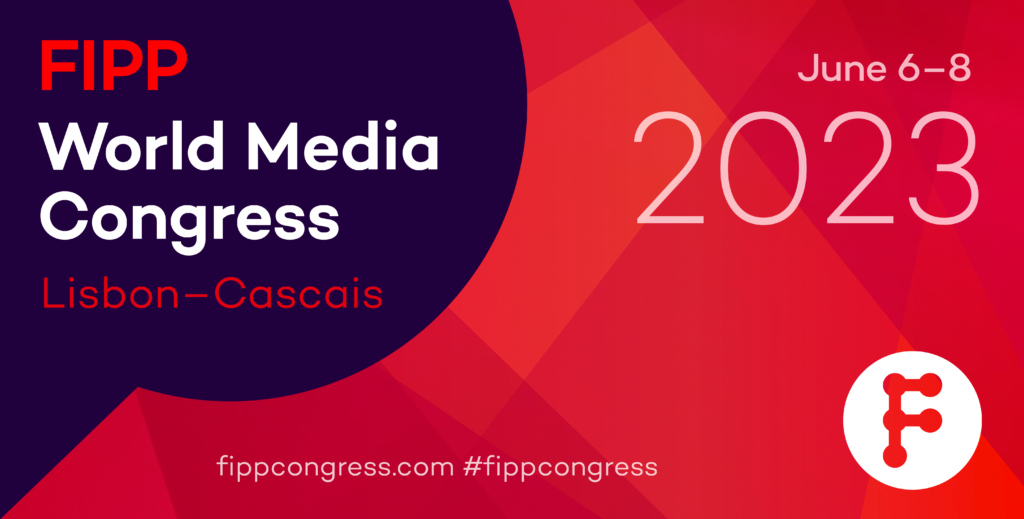|
Getting your Trinity Audio player ready...
|
Dan Weinstein, Co-CEO & Co-Founder of Underscore Talent, outlines how becoming a creator takes persistence and dedication, but once a loyal audience is built up, power swings away from the platforms back to its natural home – the creator.
Within the creator economy, the question arises: which entity holds the true power, creators or social media platforms? The financial balance of power in the creator economy squarely falls upon the side of social media platforms. While social media platforms currently wield the majority of economic power, digital creatives have their own advantages in this ever-evolving landscape.
The creator economy is in a constant state of flux, and platforms are battling with one another to provide the best features while creators and influencers vie for visibility within the algorithms to reap financial rewards.
Financial Power: Platforms vs. Creators
When examining the levers of control within the creator economy, social media platforms reign supreme regarding financial power. Advertising dollars, amounting to 100% of the revenue, flow exclusively to the platforms, leaving creators without a share. However, YouTube stands out as an exception with its revenue-sharing program, providing creators with an opportunity to earn. Consequently, creators must hustle to generate income from sources other than advertising.
Competition and Incentives for Creators
Legacy social media platforms such as Facebook and Instagram, faced with competition from TikTok, are eager to expand their user base and promote snackable, TikTok-style content. With this renewed focus on short-form content taking priority, creators have a vital role in delivering the entertainment audiences seek. Platforms engage in a perpetual battle for audience and attention, requiring them to incentivize creators to lean into their platforms.
The platforms need to offer creators monetization incentives and products to attract as many users as possible. But perhaps most importantly, the legacy platforms need to supersede the audience and increase discoverability for creators like TikTok’s algorithm does.
Financial Opportunities Across Platforms
The variety of platforms that offer financial opportunities ranges from YouTube, the most profitable platform, paying creators $4 billion annually, to Etsy, with $1.46 billion. Instagram, WordPress, and Amazon Publishing allocate $460 million, $348 million, and $220 million to creators.
Unlocking Financial Opportunities for Digital Creators
So where do the financial opportunity and power lie for digital creators? As the digital age evolves and the global creator economy grows to over $100 billion, more than 50 million creators worldwide have increasing opportunities to monetize their content and develop their brands with creativity and savvy, no longer having to rely on traditional media partners.
A successful social media presence enables creators to diversify their platforms by scaling their businesses through product licensing deals, sponsored brand partnerships, content licensing contracts, and self-generated e-commerce and retail brands.
Challenges in Achieving Economic Freedom
Despite the growing number of creators, achieving economic freedom remains challenging. More than 50 million people worldwide view themselves as content creators, but approximately 450,000 are full-time creators. And of the 450,000, only 12 percent earn more than $50,000 annually.
The basic economics of the digital creator ecosystem only generally supports some creators because you need a substantial audience to make $50,000 per year.
The keys to reaching financial stability within the creator economy come down to putting in the hours to create quality content, studying the demographics you want to reach, consistently releasing regular content, and persistence to see your creator career to the finish line.
However, fewer than 5% of content creators currently consider it their full-time job, so the opportunities for creators beyond creating great content remain largely untapped. Once they have their platform, creators can further expand their success by implementing strategies into their content creation plans that enable them to grow and monetize their brand.
Leveraging Platforms for Financial Success
To achieve financial success through social media presence, creators must leverage each platform’s unique strengths and diversify their channel strategy to ensure optimum reach and significant cross-pollination of viewers. From experimenting with different content lengths to utilising trending sounds, the strategies today’s creators use to grow are endless and allow them to build communities of followers across the globe.
To succeed, digital creators must understand their current and desired future audiences and tailor their content to those audiences while being authentic. With a deep study of the desired demographics, considering preferred points of view, desired topics, and the perfect forms of content design, a creator must figure out where that audience exists on multiple platforms and how they want to be reached.
Designing content around this preferred audience and working with the rules and nuances of each platform will lead to an easier path to creating the right content at scale.
Creator Empowerment and Control
Breaking through the noise and building a scaled audience to succeed as a full-time creator is gruelling and unrelenting and may take years to achieve. Conversely, creators are always looking for the best opportunities to build an audience to leverage into a scalable business, and that’s where a level of control pivots to the creators. Creators will utilise the platforms with the best opportunities for discoverability and profitability.
TikTok is a platform that makes discoverability easier than other platforms, so creators flocked early on to the platform. YouTube is a platform that shares advertising revenue with creators allowing them to achieve a certain level of profitability, so digital creators and video podcasters prioritise YouTube before other platforms. Also, keep in mind that if a platform disappears (ahem, TikTok), creators need to diversify their audience onto other media they control, such as newsletters, SMS, or websites.
Once a creator garners a substantial audience, the likelihood of transitioning from a side hustle to a full-time career dramatically increases. At this stage, the creator gains control. By establishing a loyal audience, they can leave a platform and not suffer negative consequences, effectively shifting the balance of power and control into their own hands.

Dan Weinstein
Co-CEO & Co-Founder Underscore Talent
Underscore Talent is a leading next-generation management firm known for its successful and diverse creative talent. The company represents a diverse list of top YouTube, TikTok, Instagram, Twitch, Snapchat, games, and podcast content creators.
Underscore Talent was launched by Weinstein and his entertainment industry pioneer co-founders, Reza Izad and Michael Green. Together this executive team brings decades of experience representing and working alongside some of the biggest names from the worlds of “traditional” and “digitally native” talent, establishing Underscore Talent as an industry leader from its inception.



